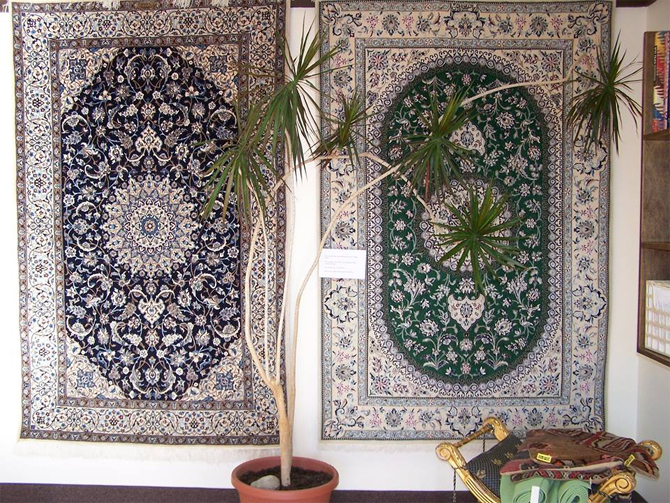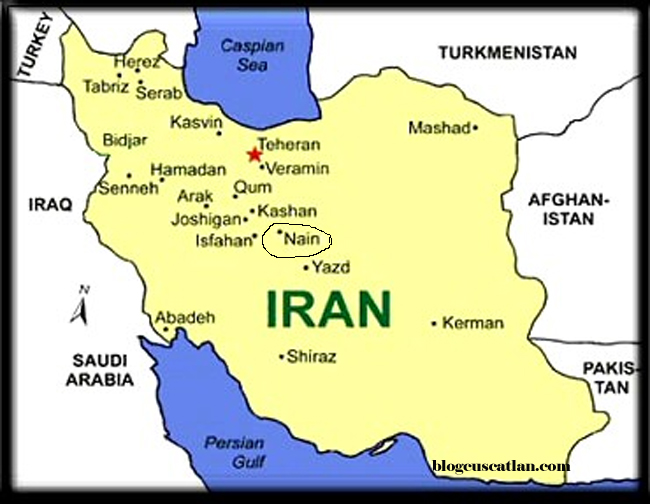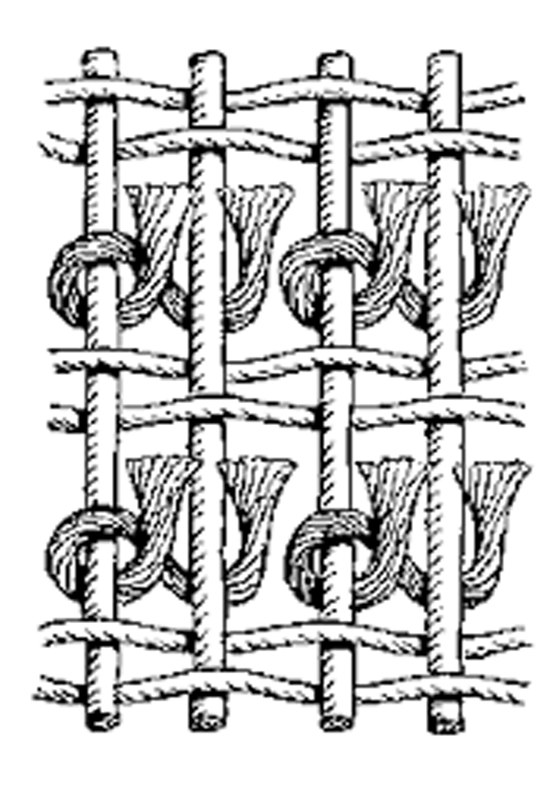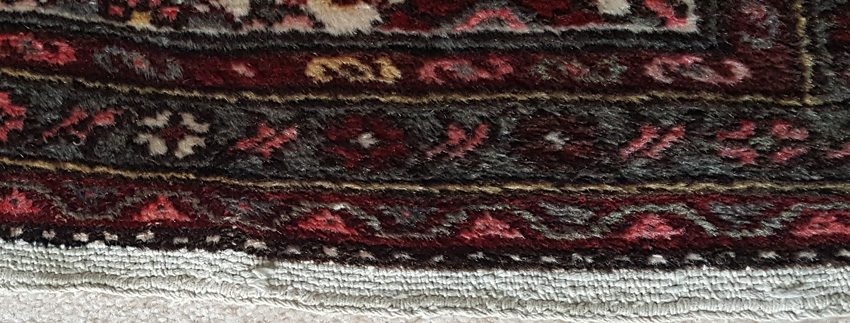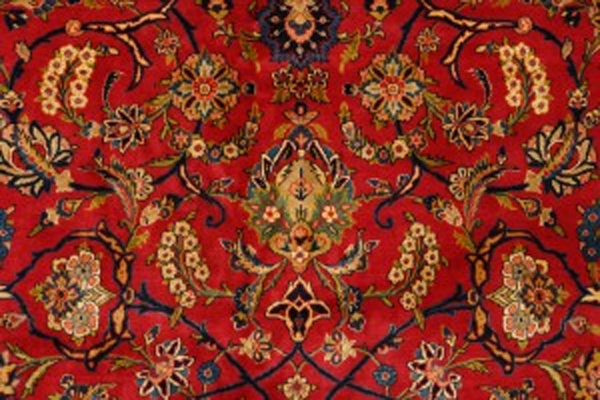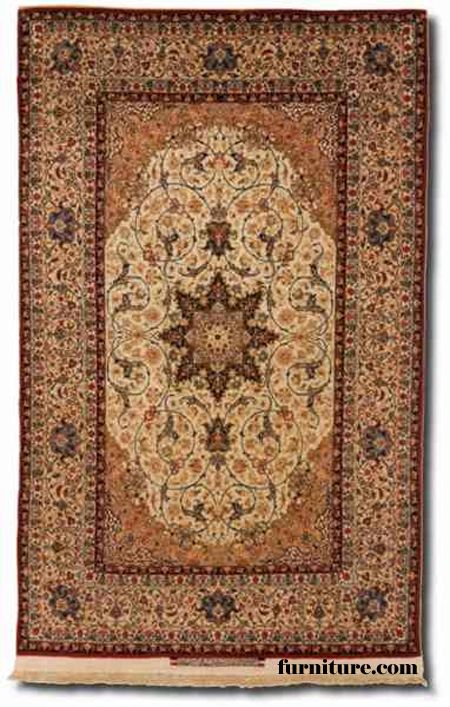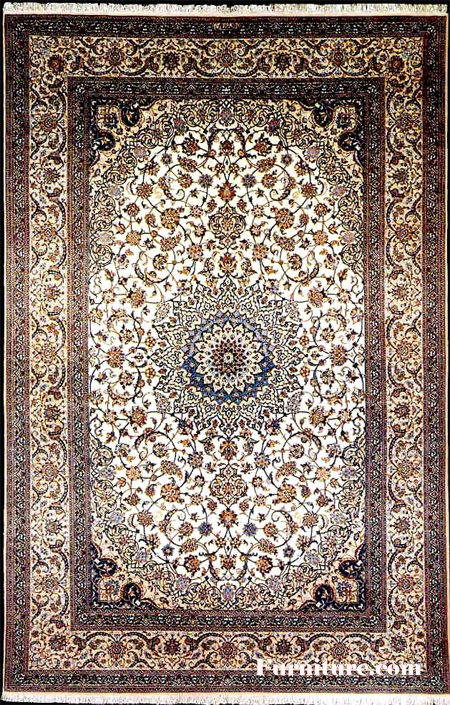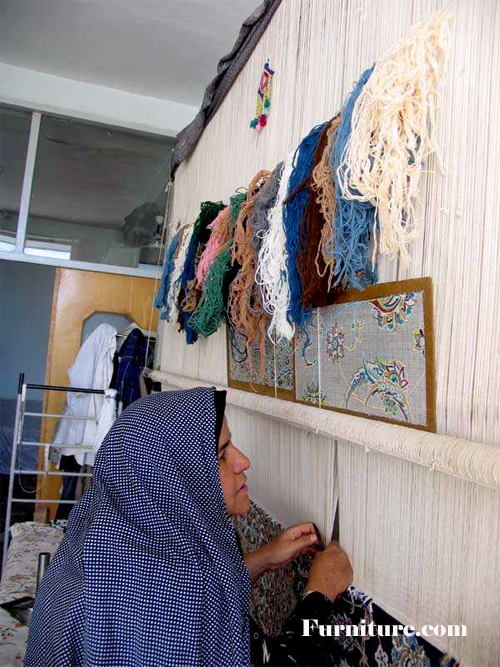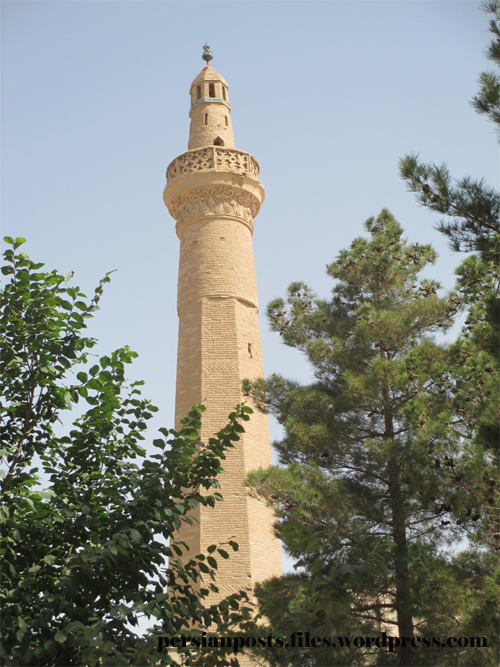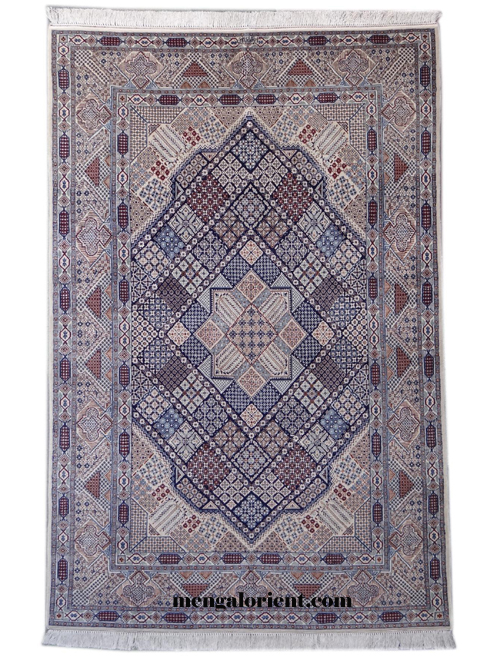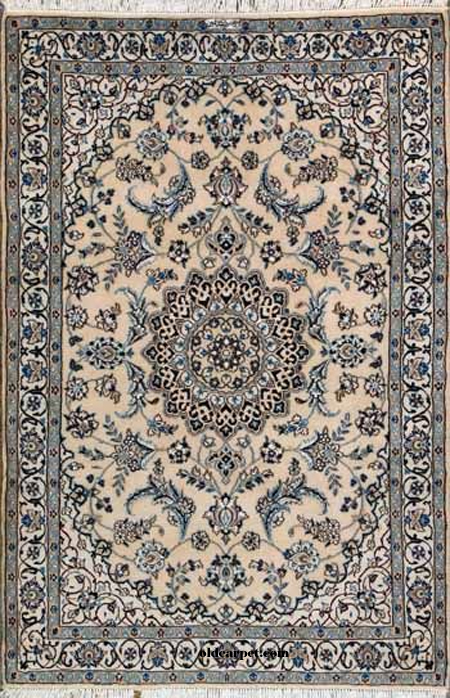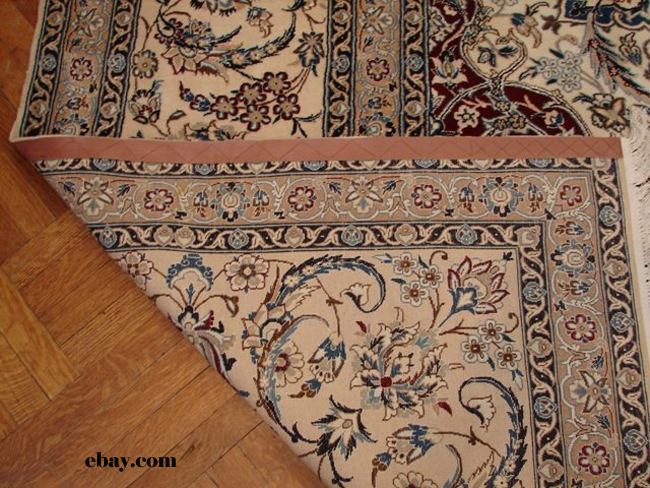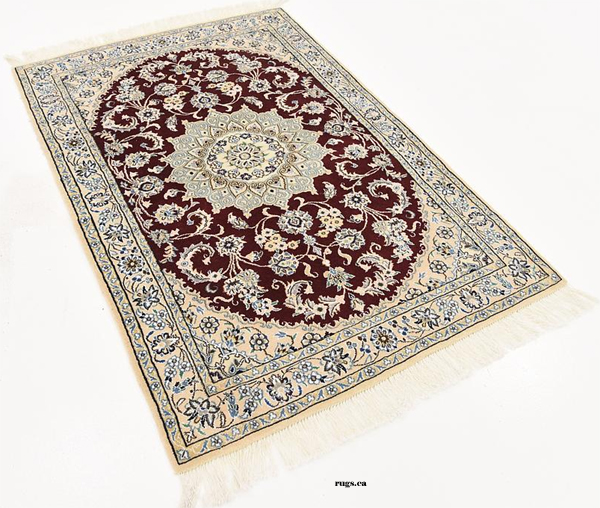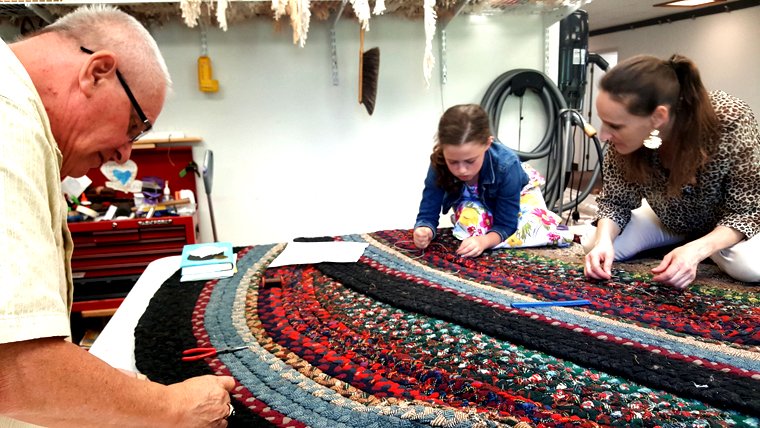PERSIAN NAIN ORIENTAL RUGS
LOCATION
These Persian Oriental rugs are woven in and around the city of Nain in central Iran in Isfahan province. It is close to the western edge of the Dast-e-Kavir desert and approximately 60 miles east of the city of Isfahan.
This historical city dates back to antiquity and is home to one of the oldest mosques in Iran, a relic from the 10th century.
WEAVING HISTORY of NAIN, IRAN
Persian Nain Oriental rugs, unlike most of the Persian rugs we study, are a relatively new phenomenon. Before the advent of the 20th century, the city of Nain had been world known for the manufacture of high-quality woolen cloth for centuries. Around the 1920s, the decline in the handmade cloth business forced the authorities to turn to another form of manufacturing. Rug weaving became the viable replacement.
Because of Nain’s close proximity to the city of Isfahan, the first rugs manufactured in Nain were Isfahan rugs. By the 1930s, Nain weavers began to produce their own style of oriental rug in workshops (which also extended in surrounding areas outside the city). The close proximity of the 2 weaving centers explains the noticeable similarities between Isfahan and Nain rugs.
The most famous of the Nain workshops was Habibian, run by
Fathollah Habibian (sometimes called the ‘Father of Nain rugs’) and
his brother, Mohammed, until their deaths. The workshop is now run by the son of Fathollah's daughter.
CONSTRUCTION of
NAIN ORIENTAL RUGS
FOUNDATION
The foundation of Persian Nain Oriental rugs consists of depressed warps* (up & down cords) made of cotton and 2 shoots of cotton wefts (side to side cords). *Depressed warps occur when the wefts are pulled tightly from either side, displacing the warps into 2 levels.
PILE
The pile is wool, woven with
an asymmetrical (Persian) knot and the pile is clipped short, sharply defining
the design elements. The wool used in Nain rugs, known as kork wool, is usually finer than the standard Persian wool.
Like high end Isfahan rugs, it is possible to find some Nains
woven with silk, rather than cotton foundations. Most Nain rugs will almost
certainly have ivory silk outlining design motifs, such as flowers and birds.
END & SIDE FINISHES
A plain cotton kilim (a flat area of varying size woven at the end of the rug before the fringe is finished) with knotted fringes finish the ends. The sides are overcast with a single wool cord.
DESIGNS
The designs (similar to the Isfahans) are relatively easy to
recognize. The curvilinear type of design allows for artistic and elaborate motifs. There is typically a center medallion on a dark blue or
ivory field elaborately filled with flower motifs such as the Shah Abbas, a series of curvilinear
floral forms, creating a garden-like background. It can be found in an all-over
format or with a centrally located diamond-shaped medallion as well as
arabesques and birds and animals.
As with the Isfahan rugs, the Nain rugs often may use of the Islimi motif, made up of multiple star medallions and intertwining vines. If you should happen to find a Nain with Habibian signature woven into a border of the rug, understand that this will not always be an authentic signature and not necessarily a determination of quality.
COLORS
The colors of Nain Oriental rugs are usually dark blue, medium blue, ivory, and camel. Light blue, green, and even burgundy and yellow are used, though these colors are usually present to highlight certain design aspects.
Nain is one of the few weaving cities which uses white wool as a predominant color. Nain is known to use fewer amounts of color, rarely more than 8 different colors in one rug.
SIZES
Nain Oriental Rugs are generally 6x9 and smaller but some of the newer production can be found in room sizes.
TWO METHODS OF DETERMINING QUALITY IN NAIN RUGS
LAA and KPSI
The following are two factors used in the Middle East to help determine the quality of a Nain rug and both terms are related.
LAA is a Farsi word for layers and refers to the layers or ply of each warp the rug is woven upon. An easier way to think of this, is LAA is the number of yarn fibers that make up one fringe (the warps of a rug usually end as the fringe). KPSI is better known as knots per square inch.
LAA
To find the LAA, take one strand of fringe and unravel it as follows:
When one stand fringe is unraveled, it is easy to see the number of layer of threads used. There will be either 2 or 3 threads in that one strand.
- If 3 threads, unravel those 3. If you find 3 additional threads, this would be a 9 LAA or Nola (nola is the Farsi word for 9) (3x3 = 9). If the 3 threads unravel to only 2 additional threads each, it would be a 6 LAA rug or Shisla (3x2 = 6).
- If only 2 threads are in the fringe strand, unravel those 2. You will find they will unravel into 2 threads each and it will be a 4 LAA rug or Charla (2x2 =4).
KPSI
The term KPSI or Knots Per Square Inch is related to the LAA. That is because the lower the number of threads that make up each fringe, the tighter the knotting can be resulting in more knots per square inch. This usually makes for a finer quality rug.
Thus, generally speaking, Nolas are the lowest quality, Shislas are medium grade, and Charlas are the finest quality Persian Nain Oriental Rugs.
It is important to be aware that even within these groups, there can be variations in quality. LAA and KPSI are just 2 ways of determining the relative quality of Nain rugs.
NAIN RUGS TODAY
Most of the Nain rugs that can be
found today were made after 1945 at the end of WWII. In the latter part of the 20th century,
many villages that produced Isfahan rugs switched to producing Nain rugs. Unfortunately, from 1980 on, many Nain rugs imported to the US were of lower
quality.
Top of Persian Nain Oriental Rugs
"The Cleanest Clean You've Ever Seen."
by
ABC Oriental Rug & Carpet Cleaning Co.
130 Cecil Malone Drive Ithaca, NY 14850
607-272-1566
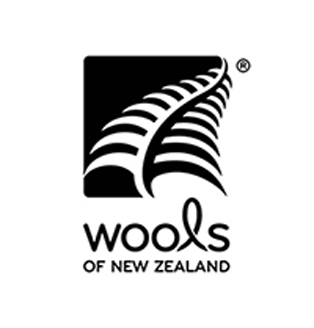
The Standard of Excellence
